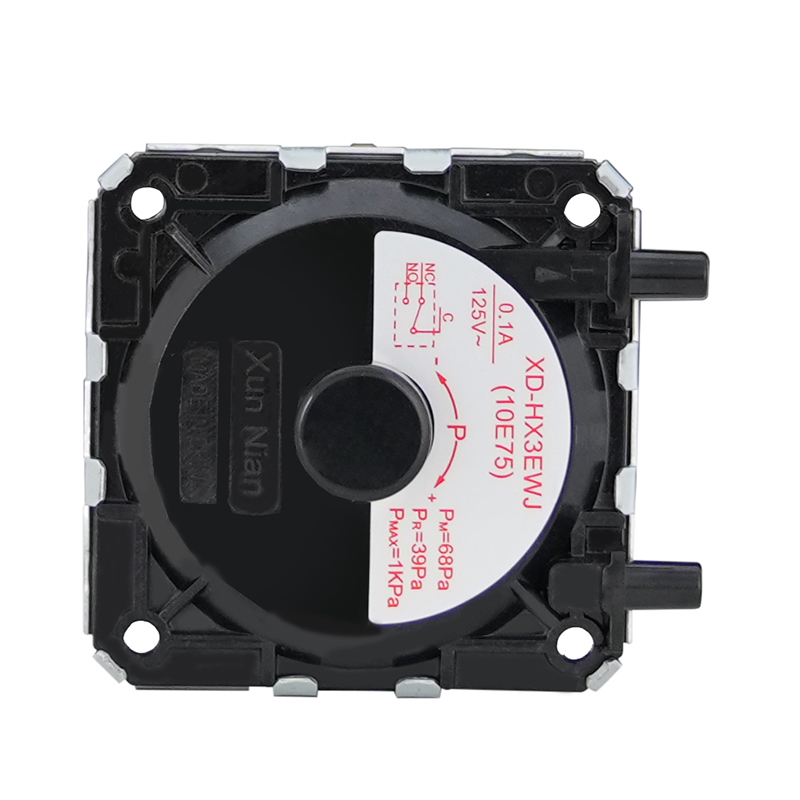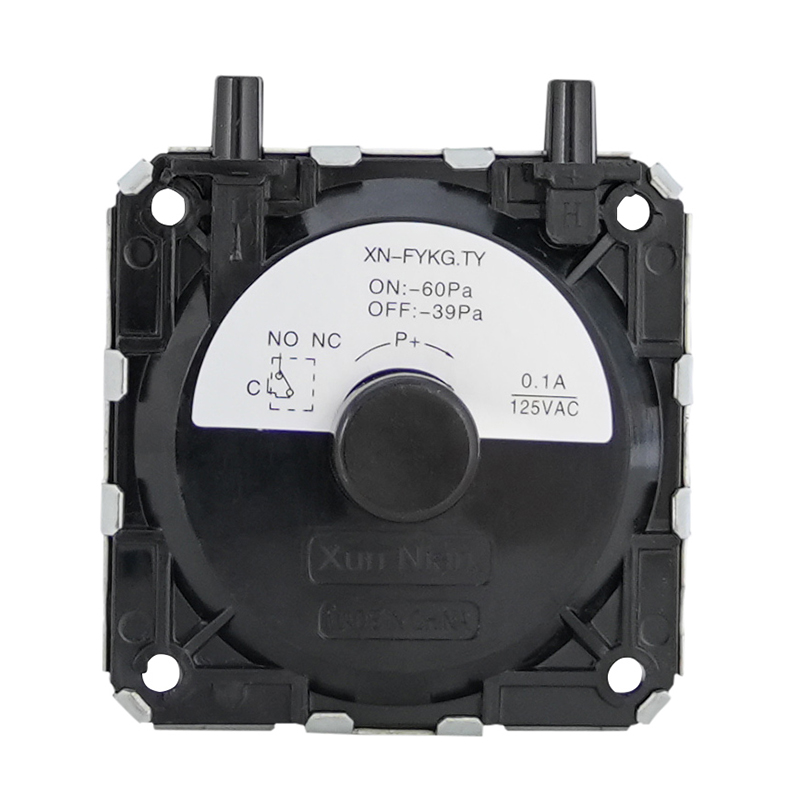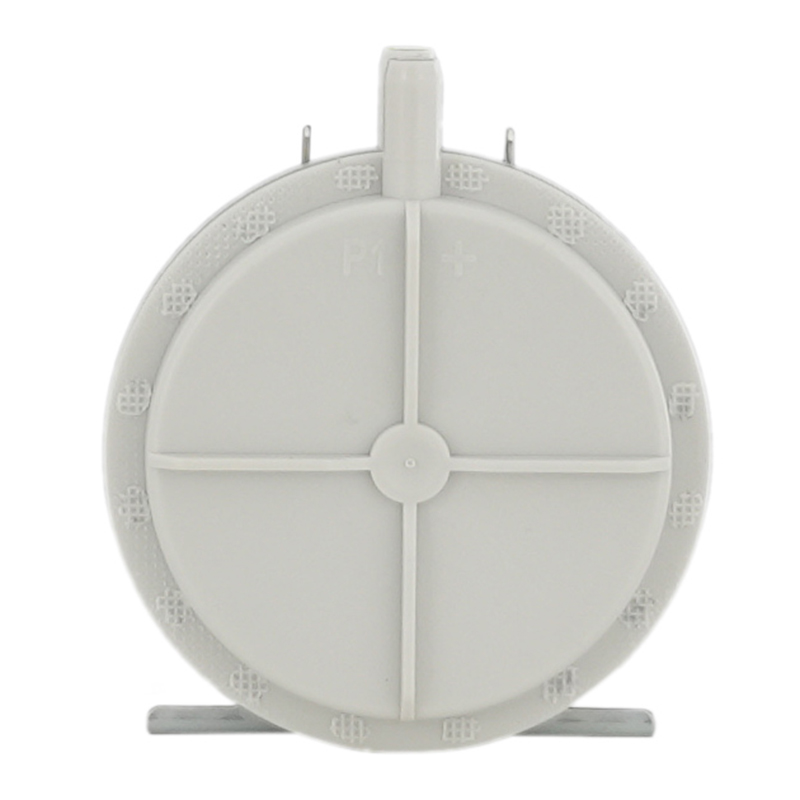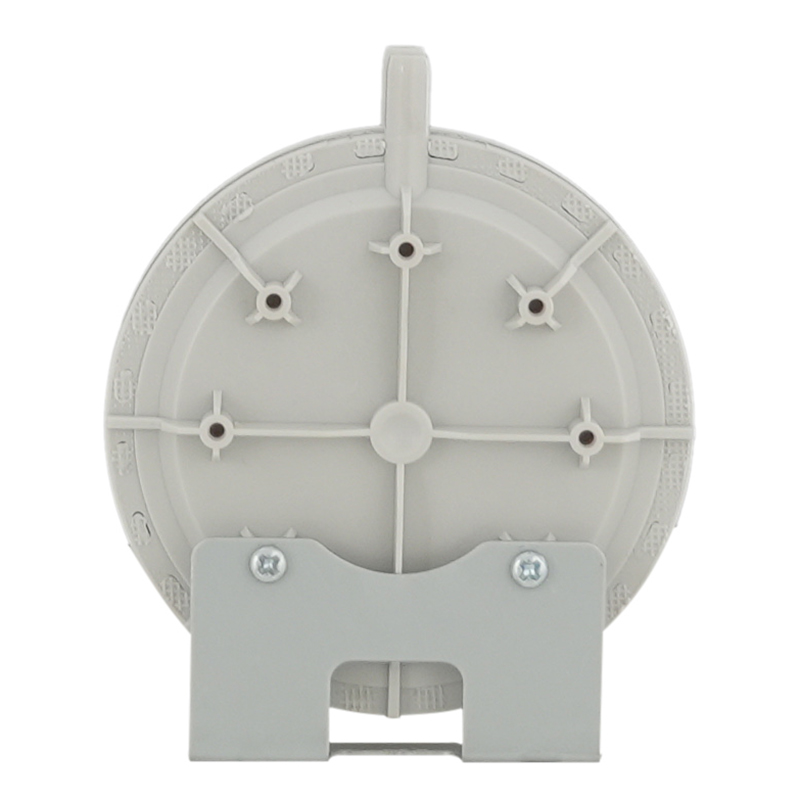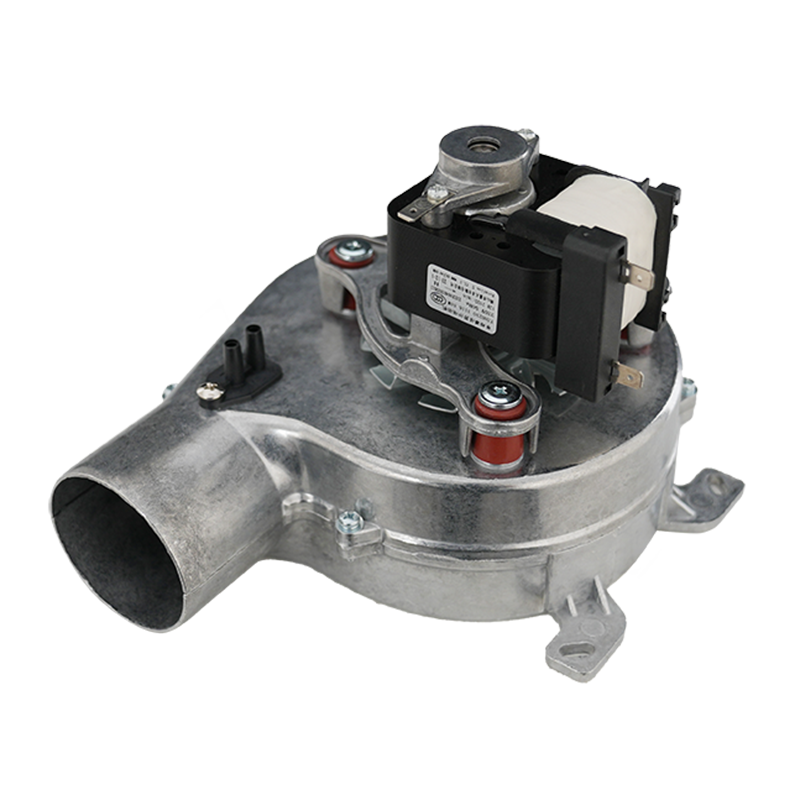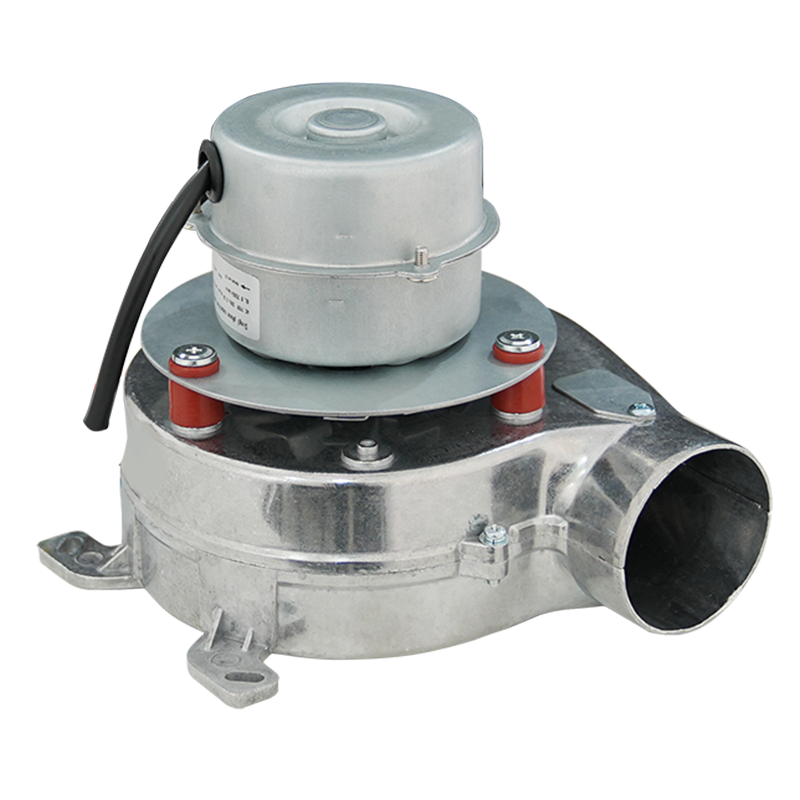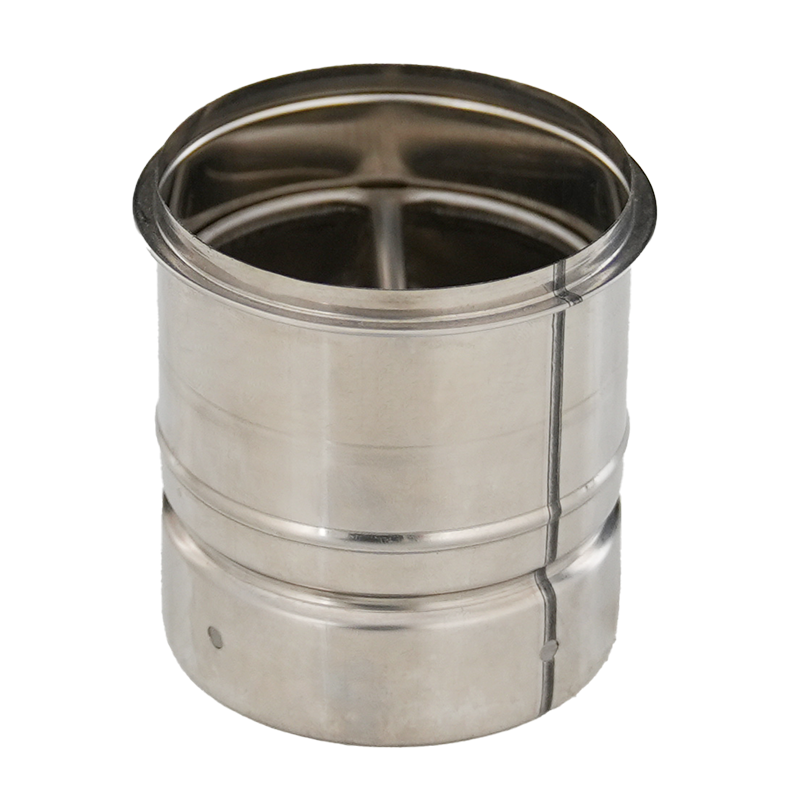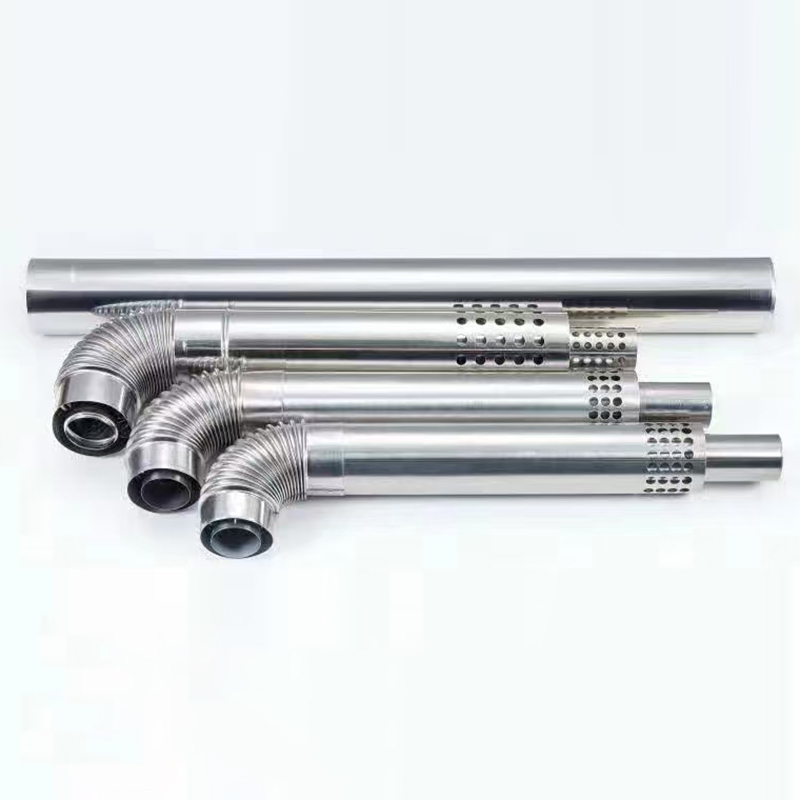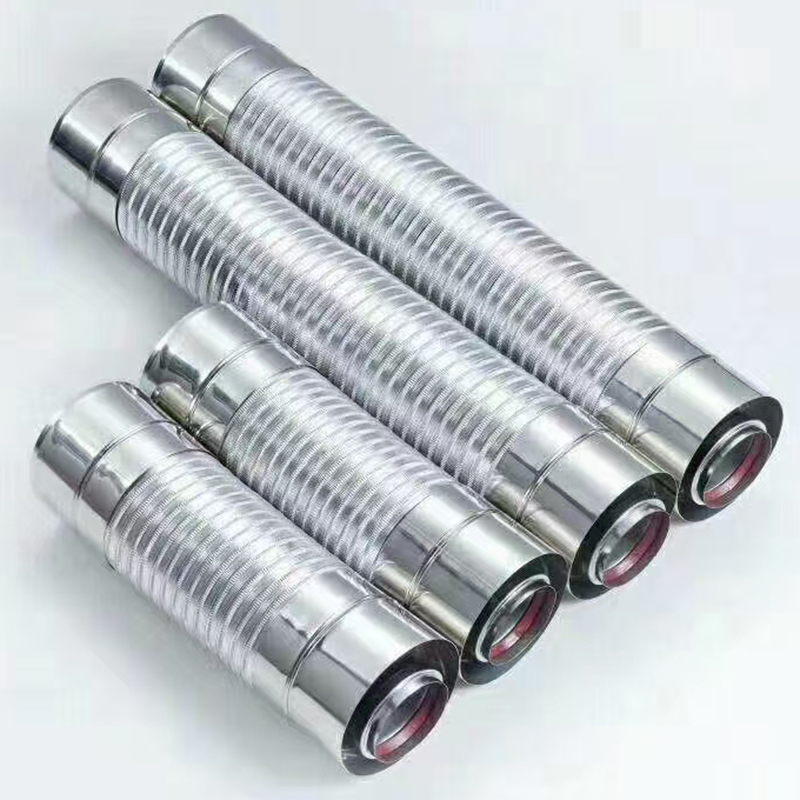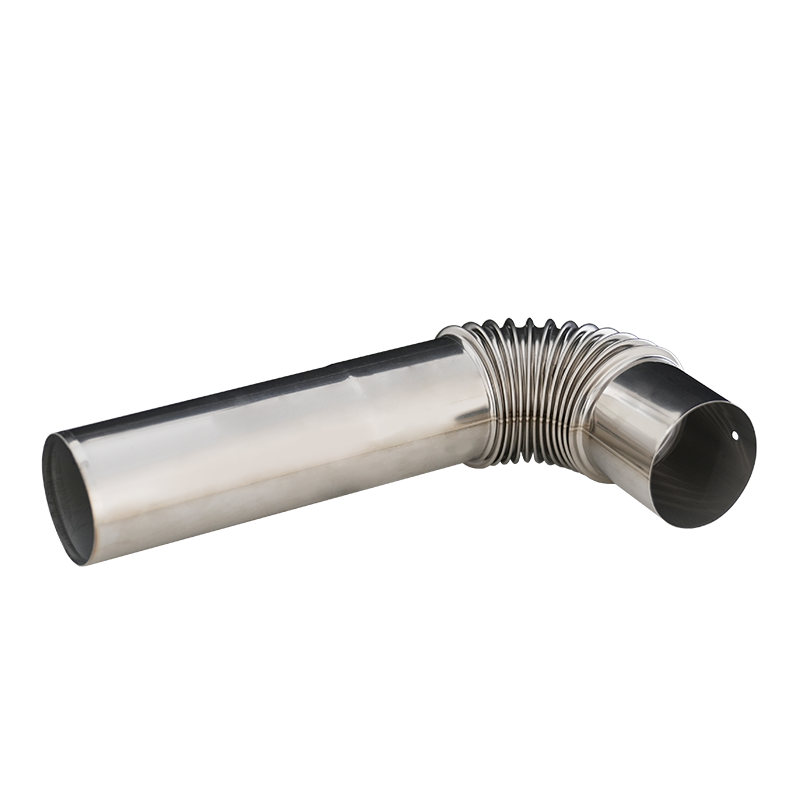I. Introduction
As a key component for pressure control in industrial production and daily life, the operating state of pressure switches directly affects the safety and stability of equipment. During long-term use, pressure switches are inevitably prone to various faults due to environmental, wear, operation and other factors. This article will list common fault types in detail, analyze the causes in depth, and provide practical diagnostic and troubleshooting methods to help users solve problems quickly.
II. Common Faults and Diagnostic Troubleshooting Methods
1.Inaccurate Pressure Indication
Phenomenon: The reading of the on-site pressure gauge does not match the set value of the pressure switch, showing high, low or drift.
Cause Analysis:
(1) Fatigue and permanent deformation of the spring tube of mechanical pressure switches;
(2) Aging, cracking or chemical corrosion of the pressure-sensing diaphragm;
(3) Expansion or contraction of the filling fluid caused by drastic changes in ambient temperature;
(4) Incorrect installation posture (inclination > 15°), resulting in uneven force on elastic components;
(5) Blockage of the damper or capillary.
Diagnostic Steps:
· First, use a standard pressure gauge to conduct a comparative test with the faulty switch to determine the deviation range and stability.
· For electronic switches, check if the display has abnormalities such as garbled characters and flickering to judge whether there is circuit interference.
· After disassembling the mechanical switch, observe whether there are obvious stains, component deformation or jamming inside.
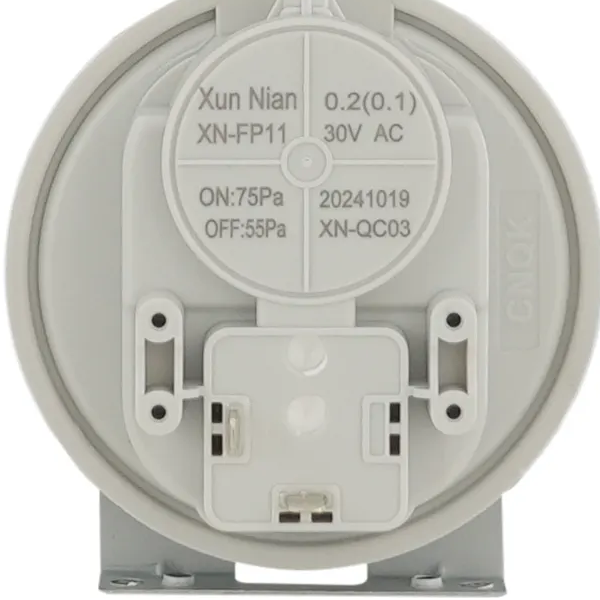
2.Failure to Switch On and Off Normally
Phenomenon: After the pressure reaches the set value, the pressure switch has no output or acts in advance; it may also switch on and off from time to time.
Cause Analysis:
(1) Fatigue of the setting spring, resulting in a decrease in preload;
(2) Oxidation, carbon deposition or mechanical jamming of the micro-switch contacts;
(3) Excessive idle stroke caused by wear of the transmission lever and shifting fork;
(4) The power supply voltage is lower than 80% of the rated voltage, resulting in insufficient attraction of the electromagnetic coil;
(5) Medium crystallization or dust entering the cavity, hindering the movement of the mechanism.
Diagnostic Steps:
· Simulate the pressure change process and use a multimeter to detect the on-off state of the contacts. If the resistance is still infinite or zero when the pressure reaches the set value, it indicates that there is a problem with the contacts.
· Check if the setting knob has thread slipping. Fix it with a screwdriver and retest to see if the on-off pressure returns to normal.
· Observe whether there are traces of medium leakage on the switch shell. After disassembly, check the integrity of the diaphragm, and measure the on-off of the circuit to determine whether there is a broken wire or component damage.
·
Troubleshooting Methods: Clean the contacts → Replace the micro-switch → Readjust the set value → Add a regulated power supply → Add a filter pressure reducing valve at the air inlet.
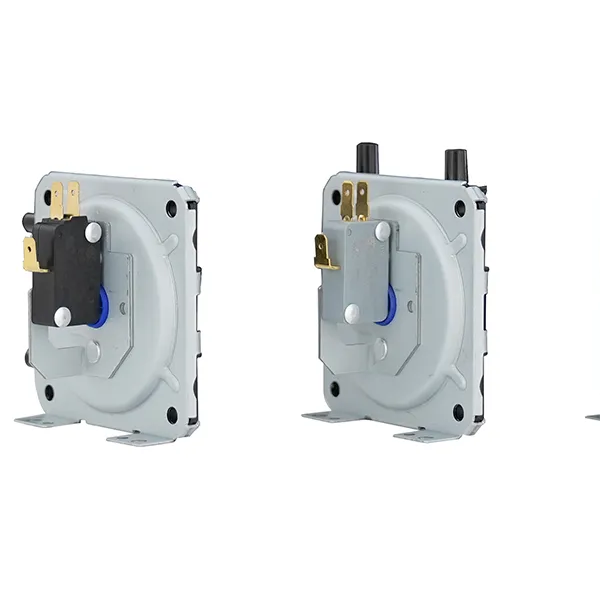
3. Contact Ablation
Phenomenon: Welding of contacts and large arcing sparks, resulting in power loss or misoperation of the control circuit.
Cause Analysis:
(1) The load current exceeds the rated capacity of the contacts;
(2) No RC absorption circuit is added to inductive loads (such as contactor coils);
(3) High ambient humidity, resulting in electrolytic corrosion between contacts;
(4) Frequent start and stop, leading to accumulation of arc energy.
Diagnostic Steps:
① Power off, disassemble and inspect the contacts, and visually check the ablation degree;
② Use a clamp meter to test the load current and compare it with the rated current of the switch;
③ Check whether RC or varistor is connected in parallel;
④ Measure the ambient humidity to confirm whether it is > 85% RH.
Troubleshooting Methods:
Replace with a pressure switch with larger capacity or solid-state relay type → Add a surge suppressor → Reduce humidity → Reduce the frequency of start and stop or use double-pole double-throw contacts for shunting.
4. Frequent Shutdown in High-Temperature Environment
In high-temperature equipment such as boilers and ovens, pressure switches often shut down frequently without reaching the protection pressure, affecting production continuity.
Cause of Failure:
Insufficient high-temperature resistance:
The plastic shell and wire insulation layer of ordinary pressure switches are easy to age at high temperatures, leading to short circuits of internal circuits or drift of component parameters.
Influence of thermal expansion and contraction:
Metal components are deformed due to temperature changes, changing the pressure trigger threshold, especially in environments with drastic temperature differences, where faults occur more frequently.
Diagnostic Methods:
Use an infrared thermometer to detect the surface temperature of the switch to confirm whether it exceeds the temperature resistance limit marked on the product.
Compare the on-off pressure values in normal temperature and high-temperature environments to observe the influence degree of temperature difference on parameters.
Troubleshooting Methods: Replace with a high-temperature resistant pressure switch, select ceramic, metal shell and heat-resistant cables to ensure stable operation within the working temperature range.
Add a heat insulation board between the switch and high-temperature equipment, or reduce the influence of ambient temperature by extending the connecting pipeline, and regularly calibrate parameters under high-temperature working conditions.
The fault treatment of pressure switches should follow the principle of "diagnosis first and then elimination", and make a comprehensive judgment based on the equipment operation environment and service life. In daily maintenance, regular cleaning and calibration should be carried out, and operation records should be kept to facilitate the timely discovery of potential problems. For complex circuit faults or replacement of precision components, it is recommended to be operated by professional technicians to avoid expanding faults due to improper maintenance. Through scientific diagnostic methods and standardized elimination procedures, the reliability of pressure switches can be effectively improved, and long-term safe operation of equipment can be guaranteed.


